The 1st starlink replica was a coroplastic nightmare. It overheated above 60C when it was fully enclosed, so it always had to be open.

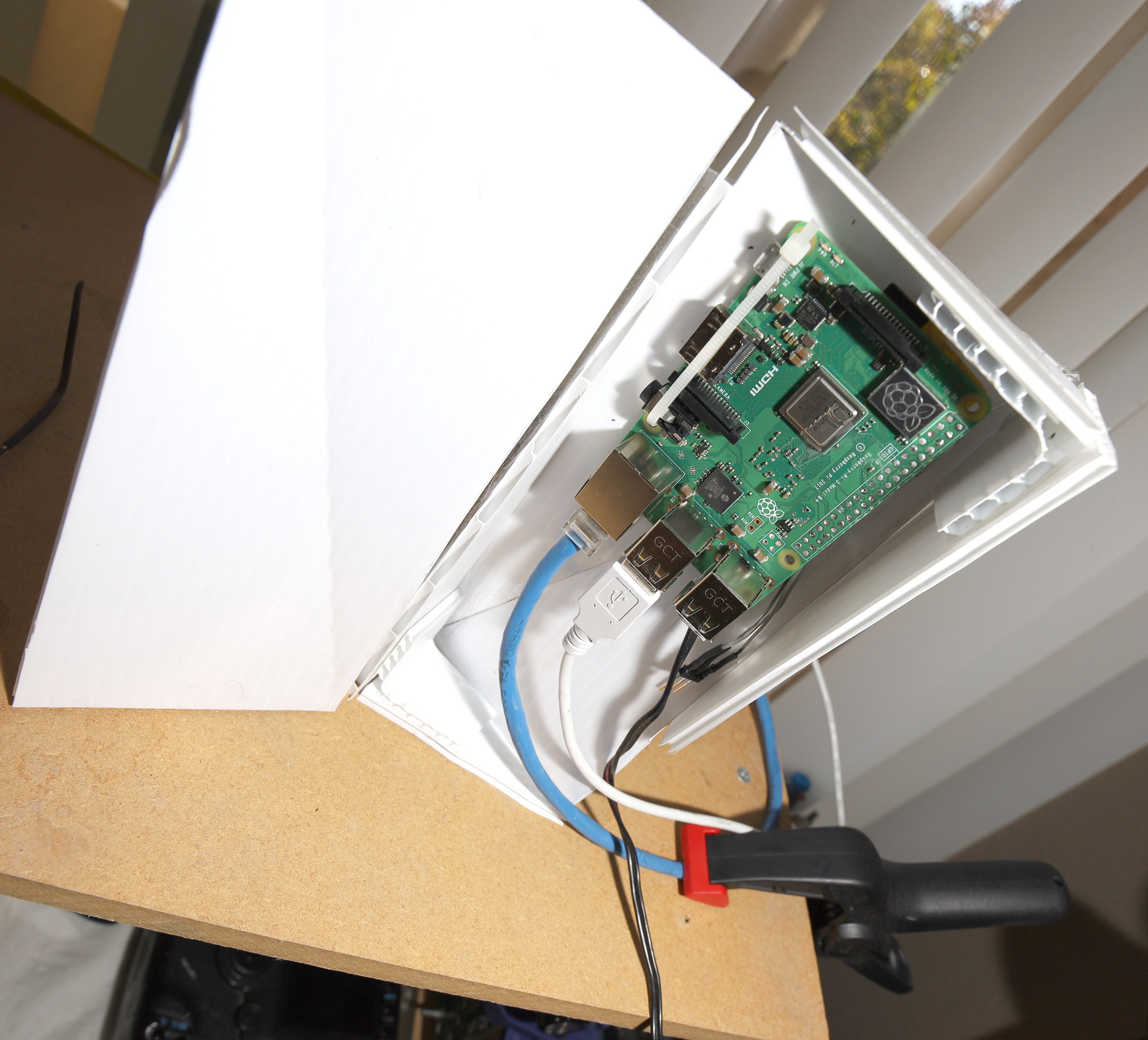
3D printing changed everything.



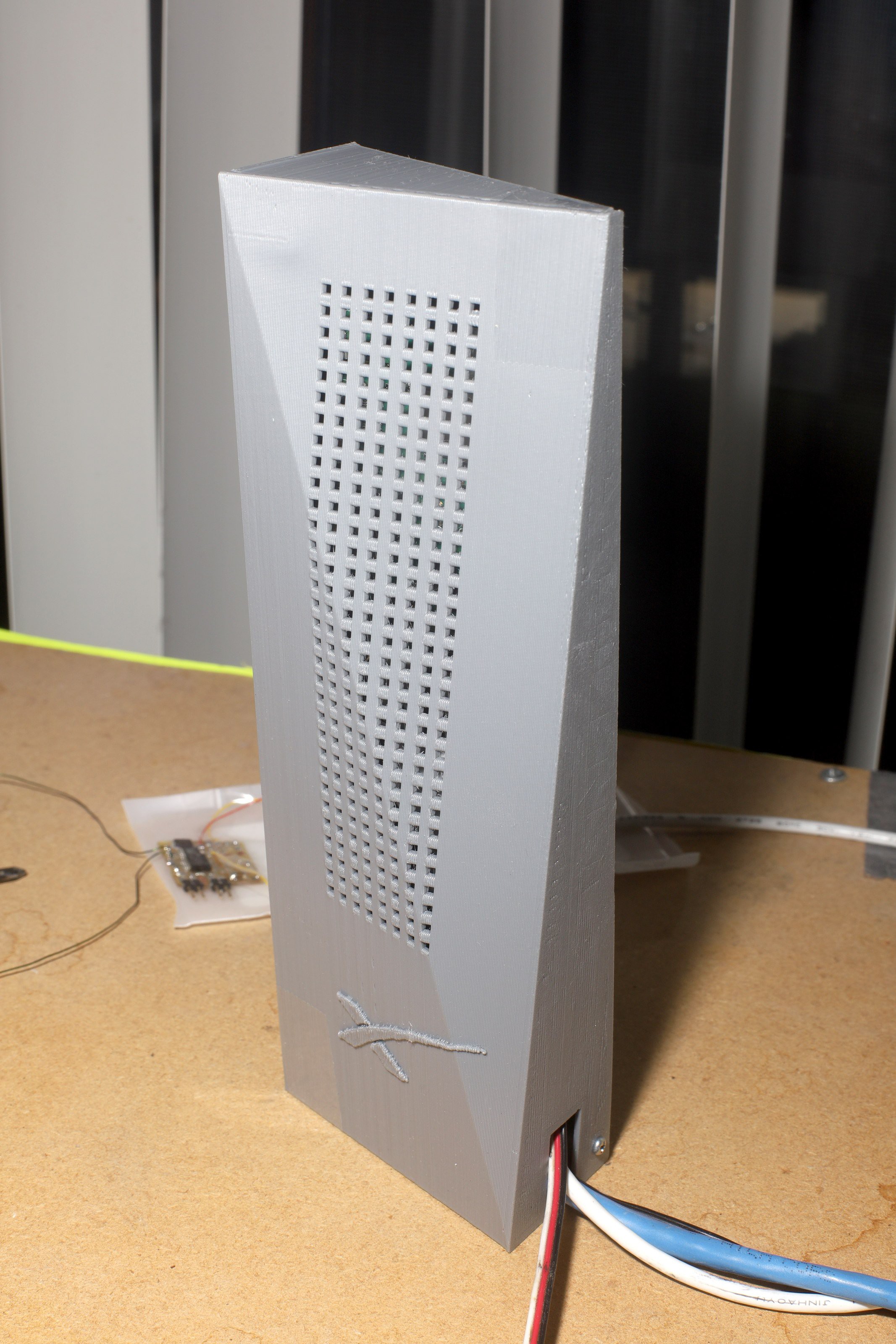


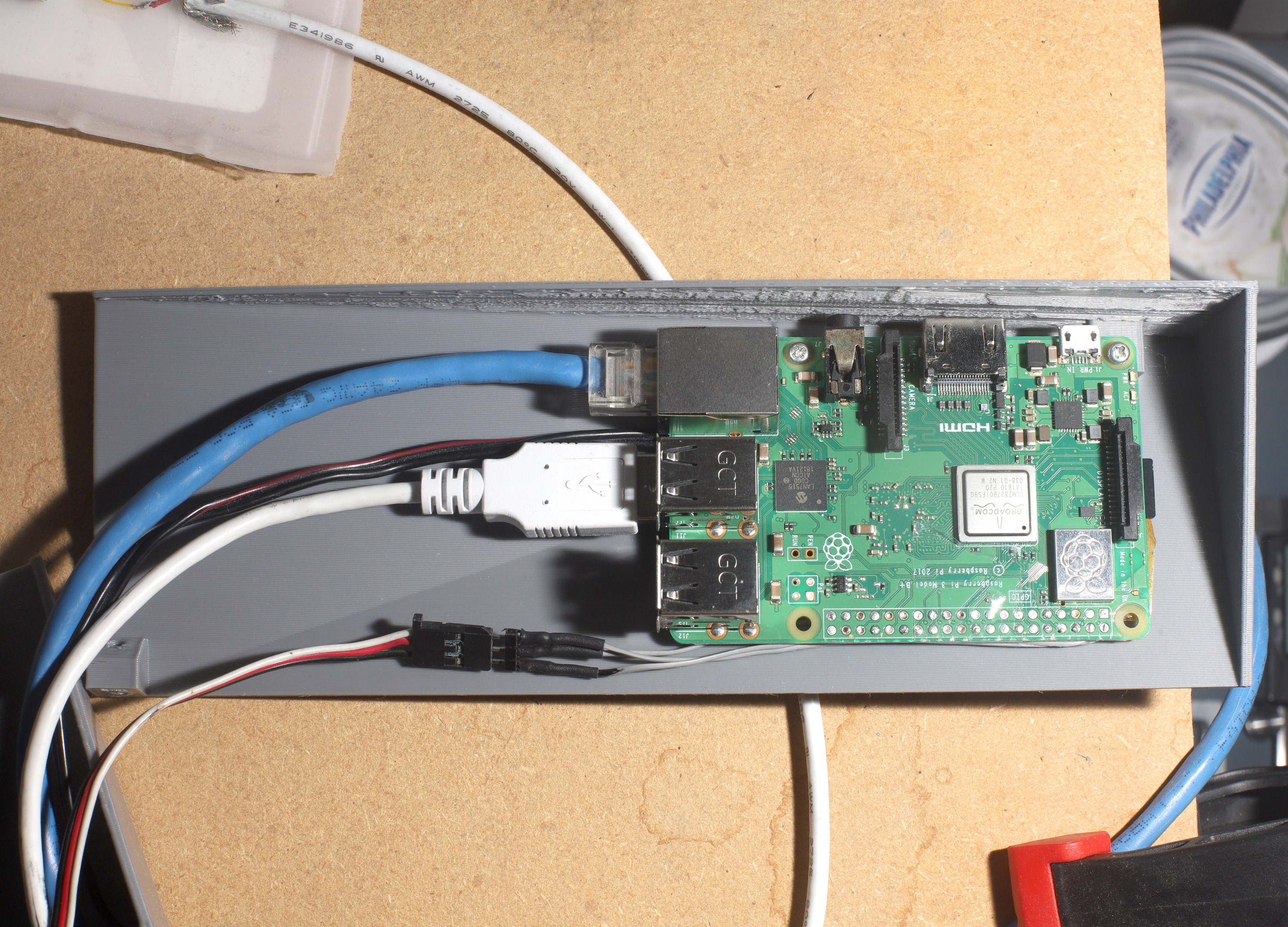
1st of all, a raspberry pi makes a lousy router. The different models have had varying levels of reliability. Some of them had random CPU crashes. Some of them had driver bugs. The lion kingdom currently uses a 3B+ as a wifi router. As of 2020, it had an ethernet transmitter bug. In order to make it work, an older kernel had to be cross compiled.
The trick was to follow the cross compiling instructions on.
https://www.raspberrypi.org/documentation/linux/kernel/building.md
But after compiling it, check out the last version which worked.
git checkout remotes/origin/rpi-4.19.y
This actually compiles & runs what a router needs. The bug was found in a commit in https://bugs.launchpad.net/ubuntu/+source/linux-raspi2/+bug/1861936 The last working kernel wasn't known until 2021.
A few concessions had to be made for the starlink replica. With no metal, the pi needed an air vent for cooling. The pi was a bit fatter than the real starlink board, so it needed screw holes on to the case. Lacking any metal, it tends to fall over without being farstened to the table.
It had to be printed in the right orientation to get the laminations to simulate the real brushed metal.
Monitor the temperature by running vcgencmd measure_temp
Reduce the CPU clockcycles to reduce the temperature by adding maxcpus=1 to /boot/cmdline.txt
then run echo 800000 > /sys/devices/system/cpu/cpu0/cpufreq/scaling_max_freq
This slows ethernet down to 100Mbps.
It's surprising just how much cooler the passive air vent made it. It stays around 51C when the ambient temperature is 20C, so it probably could go to a higher clockspeed, if only lions had internet speeds above 20 megabits. It actually might be cooler when it's vertical, since this allows an updraft. Laying it horizontally doesn't give it an entrance for cold air. Lions may have also seen this happen to the lighting power supply.
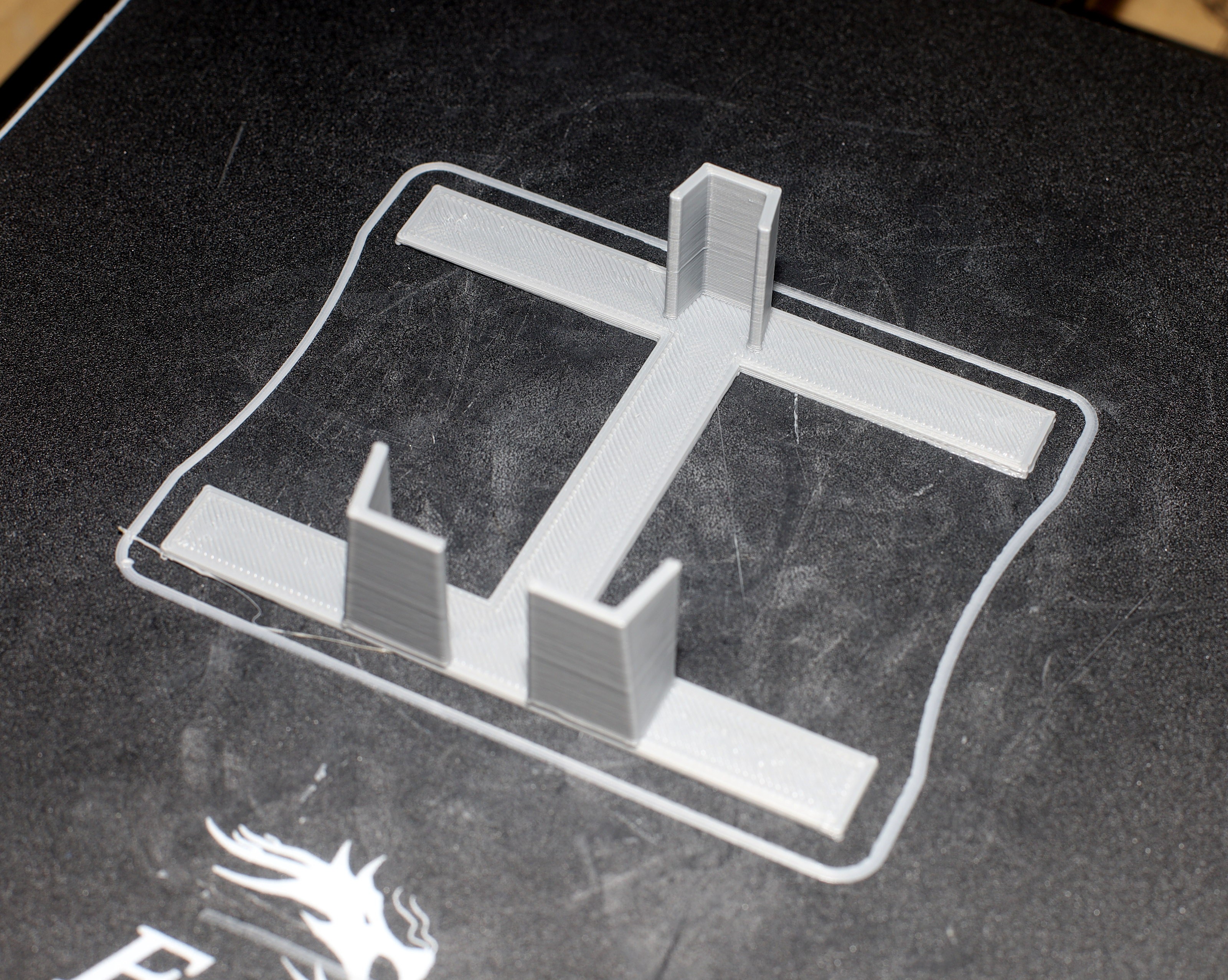
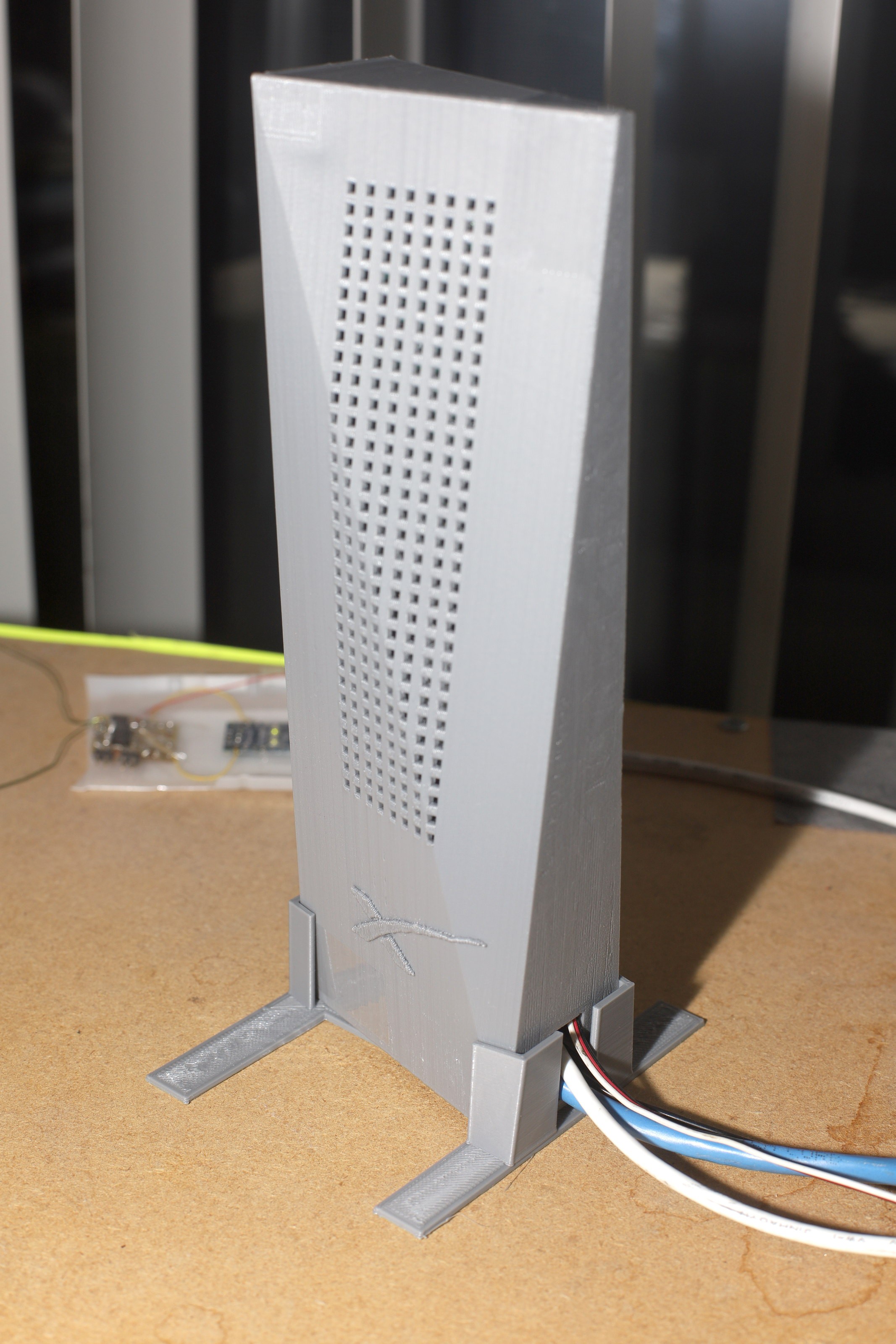


The long awaited stand was printed. It just snaps onto the stock case. Even the real thing doesn't have a stand, let alone a raspberry pi.
TODO:
The printing process makes the corners warp. Inner tabs could make the corners line up.
It doesn't have the LED of the real thing. It would just be a matter of wiring an LED to the pi, but it would serve no purpose & make the pi harder to remove.
The grey & white of the real thing would be nice, but lions can only afford 1 color. This would require a significant redesign.
Yet another prototype would always be better, but limitations of time & money create a point of diminishing returns. Future revisions of the real thing are definitely going to change the enclosure.
 lion mclionhead
lion mclionhead

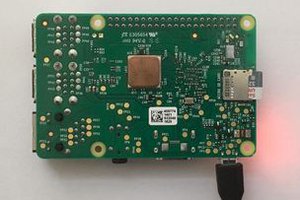

 James Singleton
James Singleton
 klhutchins
klhutchins
Hadn't seen anything about the Starlink inside hardware, just the "pizza box" on the roof. Had no idea they weren't just using a regular router. Guess that breaks the rules, though. Very stylish, I must say.